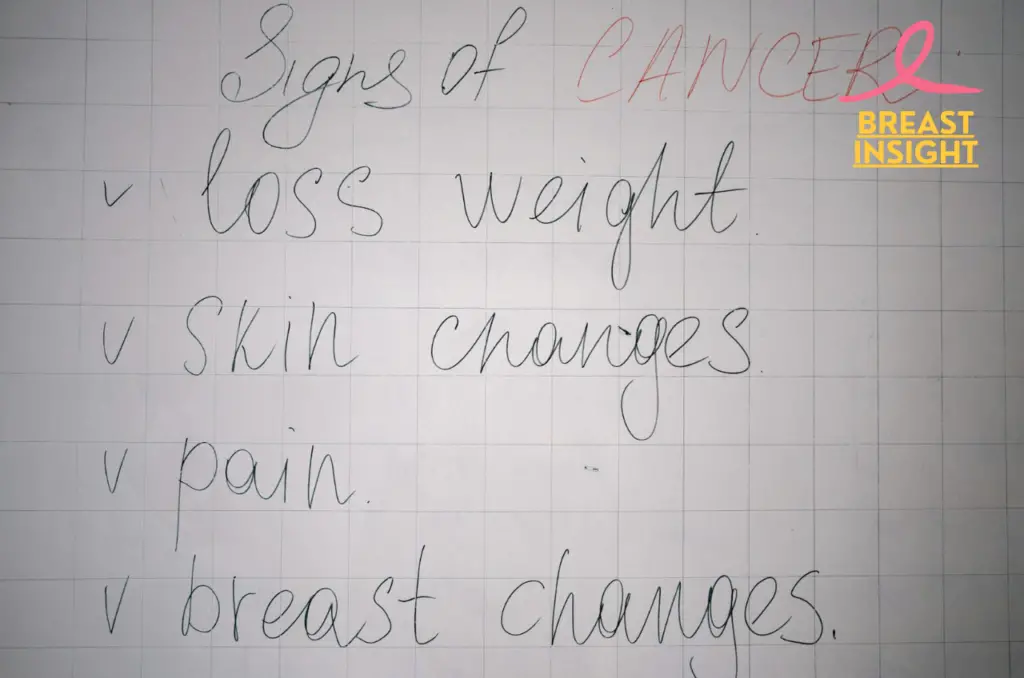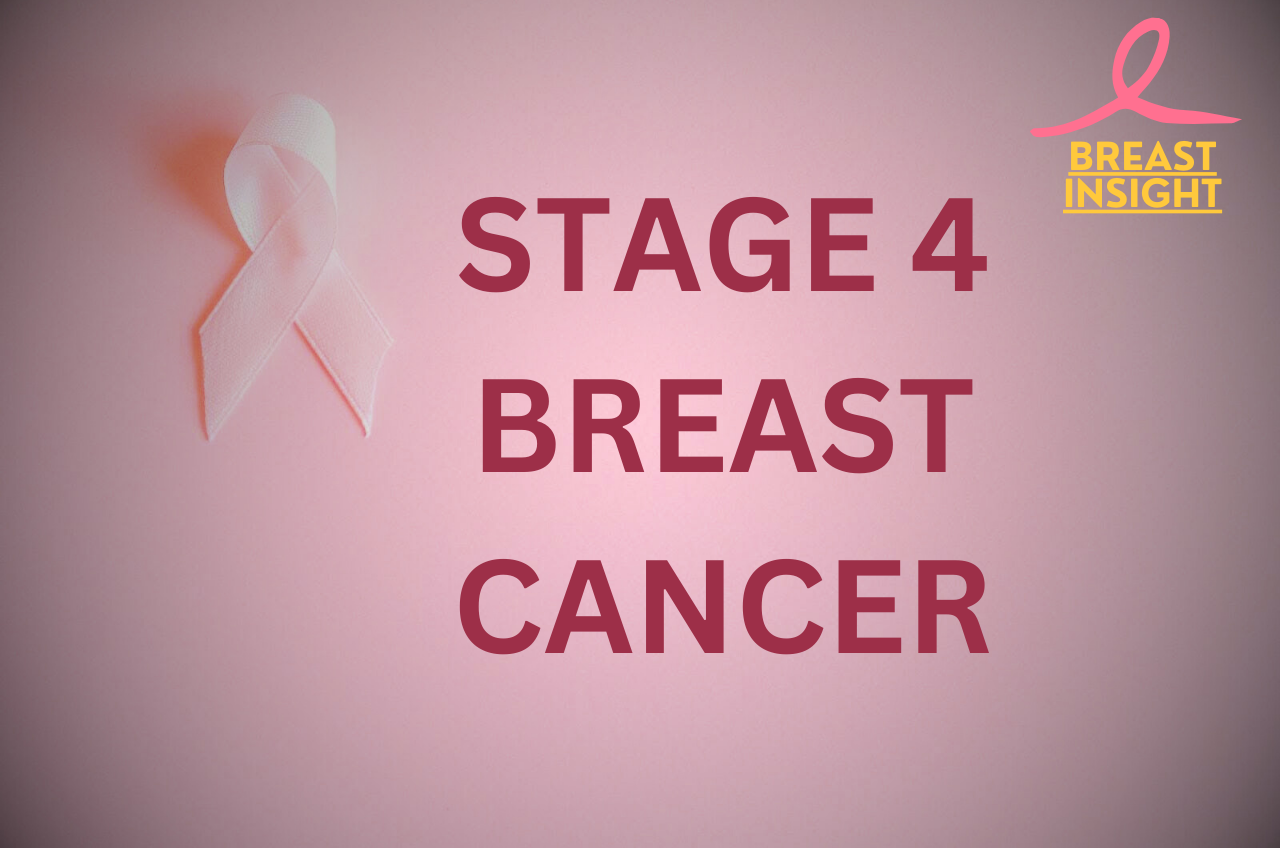Every year, thousands of women are diagnosed to have Stage 4 Breast Cancer-the most severe stage of the disease. For those unfamiliar with the basics of breast cancer, including its causes, symptoms, and treatments, read our detailed guide here.
A Stage 4 diagnosis is serious but reassuring to know that modern medicine has relieved many patients of dreadful, painful conditions and offers a good quality of life. Many stage IV patients manage to live longer, happier lives because of today’s better therapies and supportive care. It changed what was considered then as quick terminal diagnosis to a long-term condition that can be managed for some people.
In this comprehensive guide, we explore everything you need to know about Stage 4 Breast Cancer. This encompasses basic information, knowing symptoms, treatment options, ways of supporting the maintenance of hope, and leading good quality of life while living with advanced breast cancer. To get deeper into this important topic that has affected many lives worldwide, let’s get started.

Understanding Stage 4 Breast Cancer
Definition and Classification
Metastatic breast cancer is also known as stage 4, and it means the most advanced stage of breast cancer. Cancer cells have spread from the breast and nearby lymph nodes to almost any other part of the body. This type of classification falls within the TNM staging system. T in this system signifies the tumor size, whereas N is related to the involvement of lymph nodes, while M shows metastasis.
How it is distinct from other stages
Here’s how Stage 4 differs from the earlier stages:
| Stage | Primary Tumor | Lymph Node Involvement | Metastasis |
| Stage 1 | Small, localized | None or minimal | None |
| Stage 2 | Larger or growing | Some nearby nodes | None |
| Stage 3 | Any size | Extensive local spread | None |
| Stage 4 | Any size | Any extent | Present |
Common Sites of Metastasis
Some of the most common secondary locations of breast cancer are:
- Bones (most common)
- Lungs
- Liver
- Brain
- Distant lymph nodes
These metastases result from cancer cells leaving the main tumor, moving into the blood or lymphatic system, and eventually forming new tumors in other parts of your body. Each location where the cancer spreads may require different treatments, so stage 4 breast cancer is particularly challenging to treat.
Living with advanced breast cancer can also bring emotional and physical challenges, including its impact on intimate relationships. Explore solutions for sexual life after breast cancer here for helpful insights.
Understanding the stage 4 breast cancer finally, let’s examine more common signs and symptoms that are known to undergo patients.

Signs and symptoms
Physical Signs
- Continued breast lumps or thickening
- Skin changes (redness, swelling, or dimpling)
- Nipple discharge or change
- Enlarged lymph nodes under arms or collar bone
Generalized Symptoms
- Bone ache, especially in the spine, pelvis, or ribs
- Ongoing cough or difficulty breathing
- Headaches and neurological symptoms
- Unexplained weight loss
- Weak and tired
| Metastasis Location | Common Symptoms |
| Bones | Severe pain, fractures |
| Lungs | Breathing difficulty, chest pain |
| Liver | Jaundice, abdominal pain |
| Brain | Headaches, vision changes |
Quality of Life Impact
- Bone metastases make it difficult to move
- Chronic Pain Management Challenges
- Sleep disturbances
- Emotion and psychological suspense
- Impact on daily activities and autonomy
Warning Signs to Watch
- Pain that is new or worse and persistent
- Persistent cough or shortness of breath
- Yellowing of skin or eyes
- Bad headaches or changes in sight
- Loss of equilibrium or confusion
- Seizures or poor speech
While breast cancer is commonly associated with women, it’s important to note that men can also develop this disease, though it’s rarer. Learn more about male breast cancer and its signs here.
The symptoms will vary from person to person, may appear gradually, or not everyone experiences all of the following symptoms. Some people experience different manifestations- which might be a consequence of where the cancer has spread to. Having discussed the signs and symptoms, let’s discuss how doctors diagnose stage 4 breast cancer.

Diagnosis Methods
Imaging Tests
- CT (Computed Tomography) scans: Organize these detailed images in a cross-section
- PET (Positron Emission Tomography) scans: Show how cancer spreads and how active the metabolism is
- Bone scans: Helps detect bone metastases
- MRI (Magnetic Resonance Imaging): It produces clear pictures of soft tissues
- Chest X-rays: Identify lung metastases
| Test Type | Primary Purpose | Areas Examined |
| CT Scan | Detailed organ imaging | Chest, abdomen, pelvis |
| PET Scan | Cancer activity detection | Entire body |
| Bone Scan | Bone metastasis identification | Skeletal system |
| MRI | Soft tissue examination | Brain, spine, liver |
| X-ray | Basic screening | Chest, bones |
Blood Tests
- Complete Blood Count (CBC)
- Comprehensive Metabolic Panel (CMP)
- Tumor markers (CA 15-3, CA 27.29)
- Alkaline phosphatase quantities
- Liver function tests
Biopsy Procedures
Advanced breast cancer diagnosis requires tissue sampling through:
- Core needle biopsy
- Fine-needle aspiration
- Surgery biopsy of metastatic lesion
- Circulating tumor DNA liquid biopsy
These testing methods combine to:
- Check if there is metastatic disease
- Determine hormone receptor status
- Identify HER2 status
- Guide treatment decisions
- Monitor disease progression
While these diagnostic tools are critical for treatment planning, taking proactive steps to reduce breast cancer risk can make a significant difference. Explore effective ways to reduce your risk of breast cancer here.
With proper diagnosis through these detailed processes, medical groups can prepare treatment programs that focus on certain characteristics of the cancer.

Treatment Options
Systemic Therapies
- Chemotherapy drugs target swiftly proliferating cancer cells everywhere in the body
- Depending on the features of cancer, different combinations are used
- Treatment cycles typically run 3-6 months with rest periods
Focused Interventions
- These medicines focus on specific proteins or genes in the cancer cells
- More common are HER2-directed agents, such as Herceptin and Perjeta
- CDK4/6 inhibitors in hormone receptor-positive cancer
Hormone Therapy
- Used for hormone receptor-positive breast cancers
- Inhibits growth factors that cause cancer
- Choices include:
| Treatment Type | Examples | Common Usage |
| Aromatase Inhibitors | Letrozole, Anastrozole | Post-menopausal women |
| Selective Estrogen Receptor Modulators | Tamoxifen | Pre-menopausal women |
| Estrogen Receptor Downregulators | Fulvestrant | Advanced cases |
For those in earlier stages like Stage 3 breast cancer, treatment approaches may include similar options with different goals focused on curative intent. Explore how the fight against Stage 3 breast cancer is managed effectively.
Clinical Trials
- Access to the latest treatment methods
- They may offer more options when traditional treatments are not effective
- Available at leading cancer centers and research hospitals
Palliative Care
- It emphasizes managing symptoms and improving quality of life
- Includes pain management and emotional support
- Can be received with other treatments
Can contain:
- Radiation therapy for bone metastases
- Surgery for some illnesses
- medicines used to control side effects
Now that we have seen the various treatments available, let us touch upon what life is like for those with stage 4 breast cancer.

Living with Stage 4 Breast Cancer
Side Effects Management
Physical side effects management:
- Anti-nausea medications
- Pain management techniques
- Fatigue reduction strategies
- Sleep hygiene practice
Common side effects and how to manage them:
| Side Effect | Management Strategy |
| Nausea | Anti-emetic medications, small frequent meals |
| Fatigue | Planned rest periods, gentle exercise |
| Pain | Pain medications, physical therapy |
| Insomnia | Sleep schedule, relaxation techniques |
If you’re looking to understand the less apparent symptoms that can complicate breast cancer, explore the hidden symptoms of breast cancer and learn how to identify them early.
Emotional support
Maintaining emotional well-being is crucial when living with stage 4 breast cancer. Key support resources include:
Professional Competence:
- Cancer counselors
- Help groups
- Mental health professionals
Personal support system:
- Family and friends
- Internet networks
- Patient advocacy groups
Lifestyle Alternatives
Lifestyle change definitely impacts much on the quality of life.
Dietary replacements:
- Balanced diet
- Adequate hydration
- Small, frequent meals
Physical activity:
- Easy exercise routines
- Modified yoga
- Daily strolls
Managing stress:
- Meditation
- Deep breathing exercises
- Mindfulness exercises
Talking regularly with healthcare providers helps change these strategies when needed. Support from family and caregivers are very important in keeping these lifestyle changes. Now that we have looked at daily living strategies, let’s see what to expect about prognosis and survival rates.

Prognosis and Survival Rate
Understanding Statistics
While stage 4 breast cancer survival rates may seem quite low, it does help to remember that the numbers are only averages, and a person’s results can be very different. The 5-year relative survival rate for metastatic breast cancer is roughly about 29%, but most people live significantly longer than this number.
Factors Affecting Survival
Many essential factors influence an individual’s perspective:
- Hormone receptor status (HR+/HR-)
- HER2 status
- Age and health condition
- Location and extent of metastases
- Response to treatment
- Access to healthcare
| Factor | More Favorable | Less Favorable |
| Age | Under 60 | Over 60 |
| Hormone Status | HR+ | HR- |
| Metastasis Sites | Bone only | Multiple organs |
| Overall Health | Good | Poor |
New Improvement in Treatment:
Modern approaches in disease management have improved survival rates considerably. Targeted therapy, immunotherapy, and precision medicine have completely changed the face of treatment for stage IV breast cancer. New drug combinations and ongoing clinical trials represent newfound hope for patients, a few of whom remain under control for years. Some new therapies like CDK4/6 inhibitors with hormone therapy can prolong the progression-free survival in selected patients.
Recent studies show that patients who use combination therapies and take part in clinical trials often do better than what past data indicates. With ongoing research and new treatments, the future for stage 4 breast cancer is getting better, highlighting the need to work closely with healthcare teams to create personalized treatment plans. For those looking to improve early detection and reduce risks, learn the steps of breast self-examination to monitor any changes and takes proactive steps toward your health

Conclusion
Stage 4 breast cancer, although it is a daunting battle, definitely doesn’t have to be travelled alone. From the tracking of the signs and all diagnostic procedures to the series of treatment options, medical science has helped in making the condition manageable. The comprehensive care approach is one that combines life style modifications and medical treatments in helping patients maintain their quality of life while fighting the disease.
Every patient has just a little different experience, so really work closely with your health-care team to make a treatment plan just for you.” If you are a patient, or a caregiver, getting in touch with support groups and medical professionals can provide you with the emotional and practical help needed in this journey. Stay informed, stay connected, and most importantly, keep hope alive.
Frequently Asked Questions (FAQs)
What is the life expectancy for someone with stage 4 breast cancer?
Life expectancy for stage 4 breast cancer varies among patients, with dependence on such factors as general health, response to treatment, and characteristics of specific cases of the cancer. Based on the American Cancer Society, the three-year survival rate is about a year and a half, but some patients can survive much longer, especially if there are concrete advancements in treatment and personalized care.
What are the common treatment options for stage 4 breast cancer?
The treatment options are indeed systemic therapies, such as chemotherapy, hormonal therapy, targeted therapy, and immunotherapy for stage 4 breast cancer. Local methods would include surgery and radiation therapy at the discretion of the patient’s condition and nature of the cancer. It is always best to consult a multidisciplinary group for practical decisions on the best avenue to pursue.
How does stage 4 breast cancer differ from earlier stages?
Stage 4, or metastatic, breast cancer refers to the cancer’s spread from its original source-the breast and possibly the nodes in its immediate vicinity-to other areas of the body: bones, liver, lungs, or brain. In stages 1-3, the cancer is more localized and has had little chance to disperse beyond nearby organs, making it easier to both treat and cure.
What are the signs that breast cancer has metastasized?
Common manifestations of breast cancer that have metastasized include persistent pain in the bones, sudden weight loss, breathing problems, a productive or annoying cough, and symptoms in the brain such as headaches or seizures if cancer has spread to the brain. These are very important to catch early for immediate treatment and good management.

